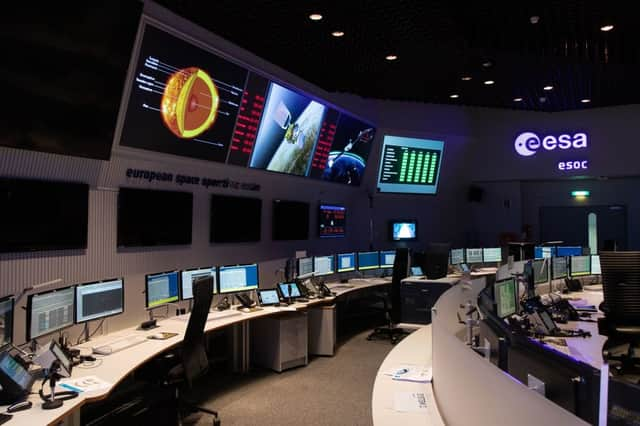The European Space Agency has fired a £1.3 billion probe into the path of the sun - here's why


Early this morning (10 Feb) the darkened skies of Cape Canaveral in Florida erupted into hot yellow flame as an Atlas 5 rocket thrust up, out, and away from our planet.
Attached to the rocket was a £1.3 billion probe setting out on its journey to become the closest scientific device humans have ever thrown at the sun.
Advertisement
Hide AdAdvertisement
Hide AdThe sun is our largest celestial body. A raging ball of burning gas some 150 miles away, but with such a high price tag - and a high chance the project may fail - why is NASA and the European Space Agency invested in it?
Liftoff for @ESASolarOrbiter ESA's mission to face the Sun up close. Read more: https://t.co/c2BQ8sJqKh #WeAreAllSolarOrbiters #SolarOrbiter pic.twitter.com/7QOGcNszKB
— ESA (@esa) February 10, 2020
The journey
At 4am on Monday (23.03 Sunday, local time) The European Space Agency in partnership with NASA, launched the Solar Orbiter probe. It will travel until it is 26 million miles away from the sun - closer than Mercury - and endure searing hot temperatures.
In two years, the Solar Orbiter- roughly the size of a van - will arrive near its location. The probe will operate behind a large titanium shield to stop it being burnt to a crisp.
Advertisement
Hide AdAdvertisement
Hide AdProf Tim Horbury from Imperial College London told the BBC, "We need to go close to the sun to look at a source region, then measure the particles and fields that come out from it. It's this combination, plus the unique orbit, that makes Solar Orbiter so powerful in studying how the Sun works and affects the Solar System."
"We don't yet have a detailed understanding of why the sun has an 11-year cycle over which activity rises and falls," said Prof Lucie Green from University College London.
Can't we do this from Earth?
The expedition comes as the golden age of advances in solar physics kicks off. Earlier last month the newly opened Daniel K Inouye telescope was able to capture photographs of the sun's surface.
The Solar Orbiter will be able to record the sun's poles, rather than the equator which is what we can see. Scientists will be able to study underneath and above the sun.
This is an incredible feat of science and solar photography, but the Solar Orbiter probe will be able to reach distances closer than any other man-made contraption has done before.